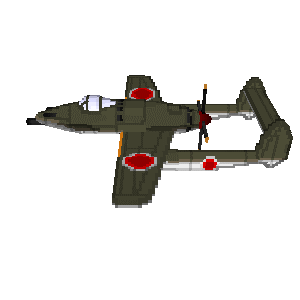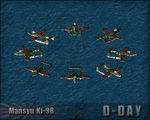Difference between revisions of "Mansyu Ki-98"
From D-day: wiki
| Line 25: | Line 25: | ||
==References== | ==References== | ||
*[http://en.wikipedia.org/wiki/Mansy%C5%AB_Ki-98 Wikipedia] | *[http://en.wikipedia.org/wiki/Mansy%C5%AB_Ki-98 Wikipedia] | ||
| + | }} | ||
| + | |||
| + | |||
| + | {{Timeframe | ||
| + | |||
| + | |postwar=yes | ||
| + | |totalwar=yes | ||
| + | |||
}} | }} | ||
Revision as of 09:23, 13 August 2014
| ||||||||||||||||
History
In 1942 the Japanese Army requested a new ground attack plane to replace the Ki-51, Mansyū submitted their Ki-98 design which used an unconventional twin boom and pusher propeller configuration. Work on the prototype started in 1943 but material shortages and bombing raids meant that work progressed slowly. In 1944 the Japanese Army then asked Mansyū to modify the design into a high altitude fighter, this required fitting a different engine and delayed things even further. By mid 1945 the prototype was nearing completion but soon after the Soviet Union invaded Manchuria were the Mansyū factory was located. To stop the plane from falling into enemy hands the prototype and nearly all documents were then destroyed.
References
. . . .
Time Frames
| 1930 - 1940: Pre-War |
1940 - 1942: Early-War |
1942 - 1944: Mid-War |
1944 - 1945: Late-War |
1945 - 1960: Post-War |
1930 - 1960: Total-War |
|
| Buildable | Yes | Yes | ||||
| Bonus Crate |
. . . .

